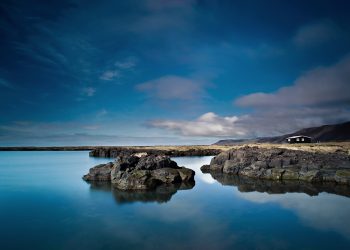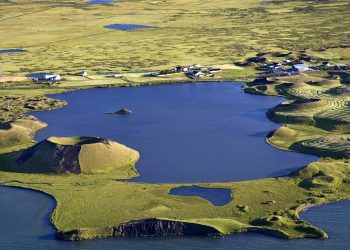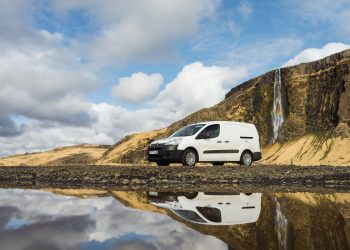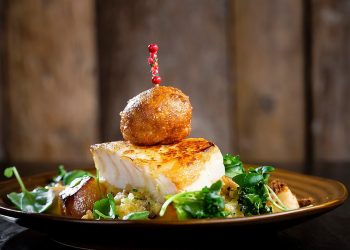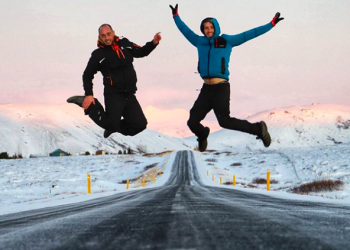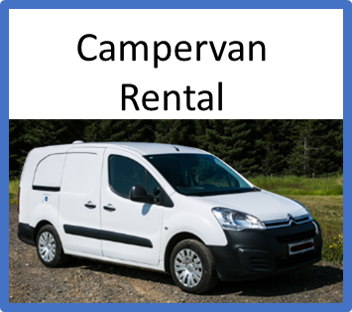Some people see the word ‘volcano’ and switch vacation destinations, but these enormous lava-erupting forces of nature can be beautiful when they’re not dangerous. Lucky for you, there are plenty of safe volcanoes in Iceland to check out. That doesn’t mean there aren’t any volcanoes you should avoid, though.
Should I be scared?
Maybe you’re thinking to yourself, ‘I’m about to visit Iceland! Should I cancel my trip?’ Well, you’ve come to the right place to find out. Iceland has a ton of volcanoes. Based on the location of your stay in Iceland, this list should help to inform you on whether or not to switch destinations.
Northern Iceland
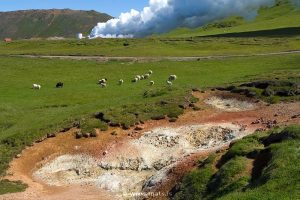
Þeistareykjarbunga (Theistareykjarbunga)
Don’t switch destinations. This volcano last erupted in 900 BCE, so you’re probably safe. It’s a shield volcano, which means it’s shaped like a dome.
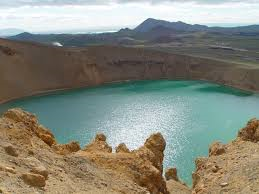
Krafla
Don’t switch destinations. This volcano last erupted in 1984 and it doesn’t seem likely to explode in the near future. Fun fact, this volcano has a crater on it named Víti, which means ‘hell’ in English. At the very least you should explore this volcano so that you can tell your friends you went to hell.
Southern Iceland
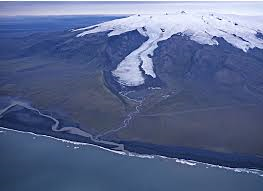
Öræfajökull
Consider changing your plans. This volcano is being monitored very closely and has been predicted to erupt in the near future. Unfortunately, this volcano is the largest in all of Iceland, so an eruption from Öræfajökull probably won’t be harmless.

Laki
Don’t switch destinations. Laki is a volcanic fissure that last erupted in 1784. Though that eruption caused a drop in global temperatures due to a massive release of sulfur dioxide, the volcanic region is actually quite a beautiful green now and is magical to explore.

Hengill
Don’t switch destinations. Hengill hasn’t erupted since about 150 CE and isn’t likely to erupt anytime soon. Visit Hengill to explore the various hot springs and fumaroles that the active volcano maintains.
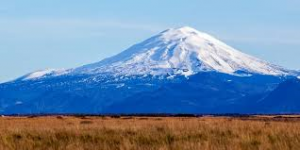
Hekla
Consider changing your plans. Hekla has erupted six times in the past 70 years, and it looks like it could erupt again very soon. Out of all the volcanoes in the world, Hekla has produced the most lava in the past thousand years.

Krysuvik
Don’t switch destinations to avoid this beautifully bright yellow, red and green volcano. Krysuvik hasn’t erupted since 1340 CE. Many tourists enjoy hiking the unusual hills formed by Krysuvik, and safety measures such as wooden bridges and enforced paths are maintained for travelers.
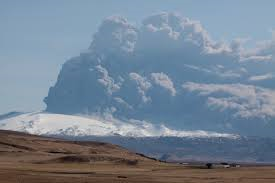
Eyjafjallajökull
Consider changing your plans. This volcano last erupted in 2010 and has gotten into the habit of erupting frequently over the last 100,000 years. Eyjafjallajökull is currently being monitored for signs of future eruptions.
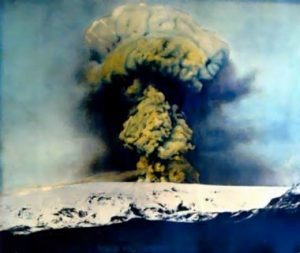
Katla
Consider changing your plans. Katla is considered Iceland’s most dangerous volcano because its eruptions can cause massive amounts of damage and displacement. Katla is expected to erupt soon because it hasn’t erupted in 100 years and has a pattern of erupting once every 13 to 95 years. Steer clear!

Eldfell
Don’t switch destinations! This volcano is a baby. It formed in its first eruption during 1973 and sits at the southernmost end of Iceland. After Eldfell’s eruption, residents used the tephra surrounding Eldfell as a foundation to build 200 houses on.
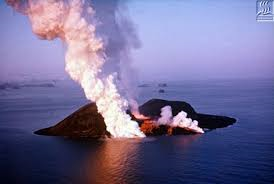
Surtsey
Don’t switch destinations! Surtsey is a volcanic island just off the southern coast of Iceland. Surtsey will only stay above sea level for another 100 years, so if you have the chance to get out and explore it, you should!
Western Iceland
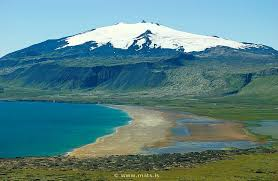
Snæfellsjökull
Don’t switch destinations! This volcano last erupted in 200 CE and isn’t likely to erupt in the near future. Explorers can easily reach the top saddle of this volcano just by walking to experience a beautiful green-yellow view of the land.
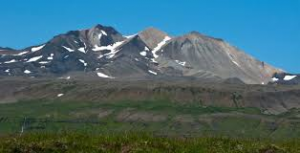
Ljósufjöll
Don’t switch destinations! You’re safe with this other-worldly volcano, which last erupted around 960 CE. Ljósufjöll is strangely beautiful, a mix of blacks and gray colors from the silica in the rock.
Central Iceland
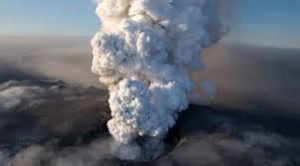
Grímsvötn
Consider changing your plans. This volcano has the highest eruption frequency in Iceland and last erupted in 2011. Grímsvötn is thought by researchers to be entering an active period, which means the volcano may begin to erupt every 2-7 years.
Bárðarbunga
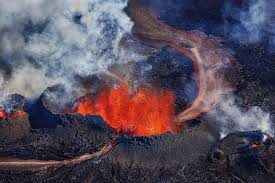
Consider changing your plans. The last time this volcano erupted was in 2015. The land around Bárðarbunga has been opened up to tourists, but seismic and volcanic activity levels are still relatively high compared to the levels of the past 50 years.
Askja
Consider changing your plans. While this beautiful volcano hasn’t experienced an eruption since 1961, rising temperature levels in Öskjuvatn lake suggest an increase in activity for this volcanic area. Seismic activity levels have increased in this area and an eruption seems likely according to scientist Hazel Rymer of The Open University.
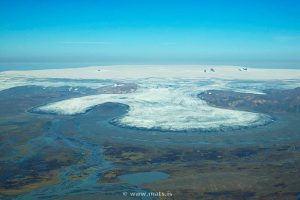
Hofsjökull
Don’t switch destinations. This volcano seems safe by the accounts of residents and scientists. If you’re interested in glaciers, Hofsjökull is a great volcano for you to explore. It is the third largest glacier in Iceland (as a subglacial volcano).
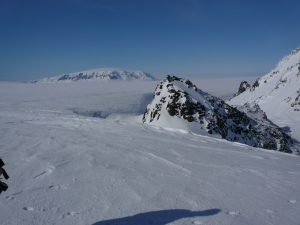
Langjökull
Don’t switch destinations! Langjökull is a beautiful icecap-covered volcano that hasn’t erupted more than 32 times in the past 10,000 years. The blues, whites and greens of Langjökull make this landscape interesting to explore and hike.
What can I do at the safe-to-visit volcanoes?
Now that you’re sure you’re headed to a safe location in Iceland, it’s time to visit the beautiful volcanos near you! Activities like hiking, picture-taking and swimming in the hot springs or lakes around the volcanoes are usually allowed around safe natural areas.
The best way to visit these paces is, of course, traveling in style using Camper Vans. You can choose from one of smaller fleets designed to hold 1-2 people, or, you can upgrade to a larger one to hold 4-6 friends. Each van comes equipped with a fold-out bed, blankets, a stovetop for cooking, and lots of pots and pans and utensils. Contact us today for more information on our hotel on wheels or places to travel in Iceland!


